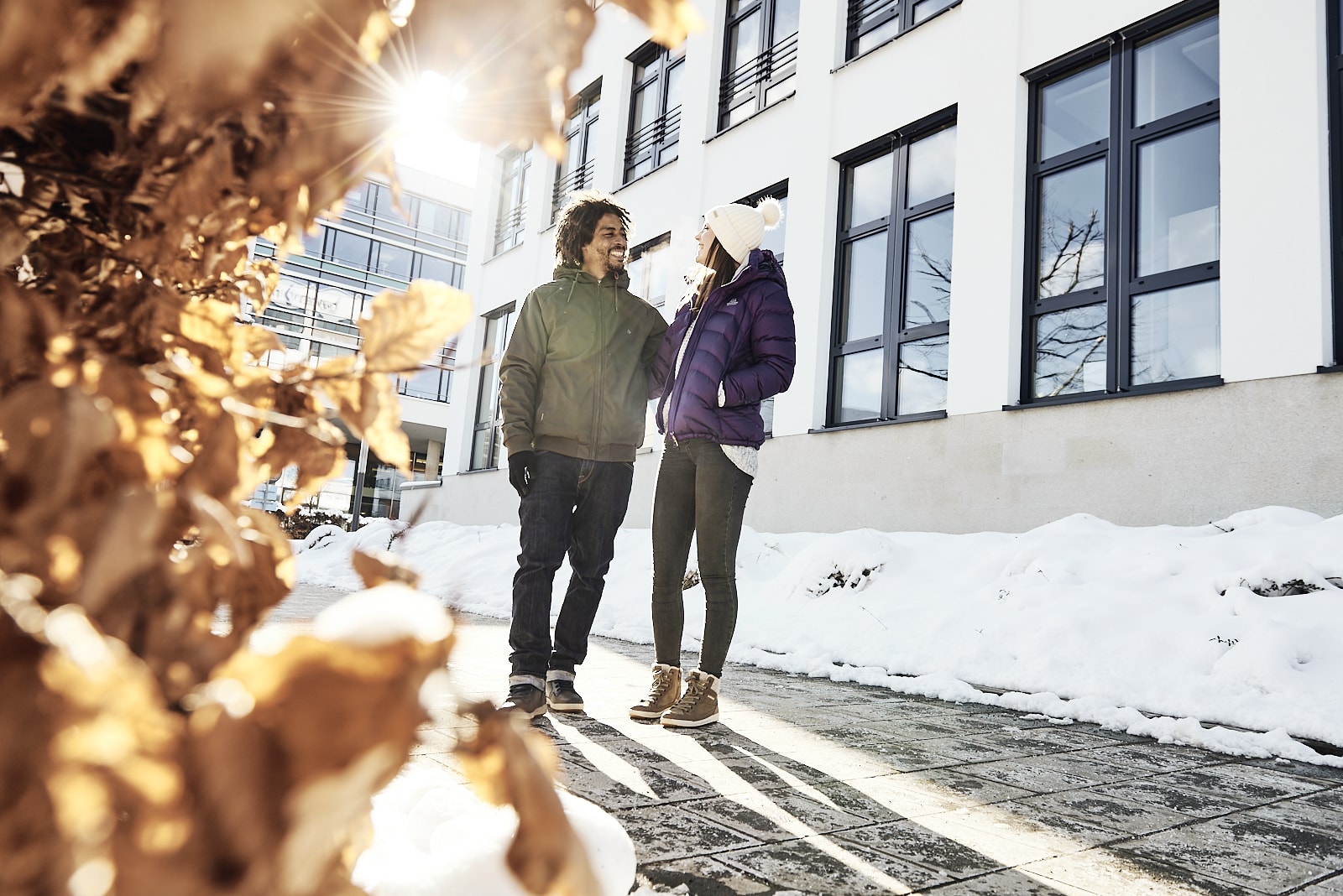In addition to the right clothing, you should also make sure you have the right footwear for your next winter walk. The following points are particularly important here:
At home on the sofa with your favourite blanket and a punch or baking biscuits - many people prefer to stay warm during the cold season. But even in the winter months, being outside has a very special charm and there is plenty to experience. If you don't want to miss out on a walk in winter, there are just a few little things to bear in mind. We have put together a few useful tips.
TRACKS IN THE SNOW
RELAX AND ENJOY
Another point you should bear in mind during a winter walk is to adapt your breaks to the cool temperature. As the body cools down quickly due to the cold, it is advisable to plan several short breaks instead of one long break. This will keep your body at "operating temperature" as much as possible. Of course, you should also allow yourself to rest from time to time during your walk. The cold air and snow-covered paths or roads often make walking more difficult. It is therefore all the more important to listen to your body and not overload it.
Tip:
When you go for a walk, remember to take a cushion or other object with you that you can sit on. This way, you can take a break almost anywhere, regardless of snow-covered or icy benches.
SHORT DAYS, LONG NIGHTS
ALIGN YOUR WALK WITH THE SUNSHINE HOURS OF THE DAY
In winter, the light conditions change as well as the temperatures. When planning your walk, you should bear in mind that there is less daylight available to you in winter. This means that it gets light later and dark earlier. To avoid being surprised by this, you should plan your tour carefully and as precisely as possible. It is also advisable to always have a torch or headlamp with you at later hours, for example to make yourself recognisable to drivers. Light-coloured clothing also helps you to be seen in the dark.
Extra tip: The sky is often very clear in winter and you can recognise some constellations.
THE RIGHT CLOTHES
A "SHIFT SYSTEM" OF A DIFFERENT KIND
An important aspect of your next winter walk is choosing the right clothing. A common mistake here is to dress too thickly. Once you start moving, you quickly start to sweat. The clothes then often get wet and dry very slowly due to the winter temperatures. For this reason, it is advisable to dress according to the so-called "onion principle". This involves wearing several different layers, which can be taken off again as the temperature rises.
More tips & stories
-
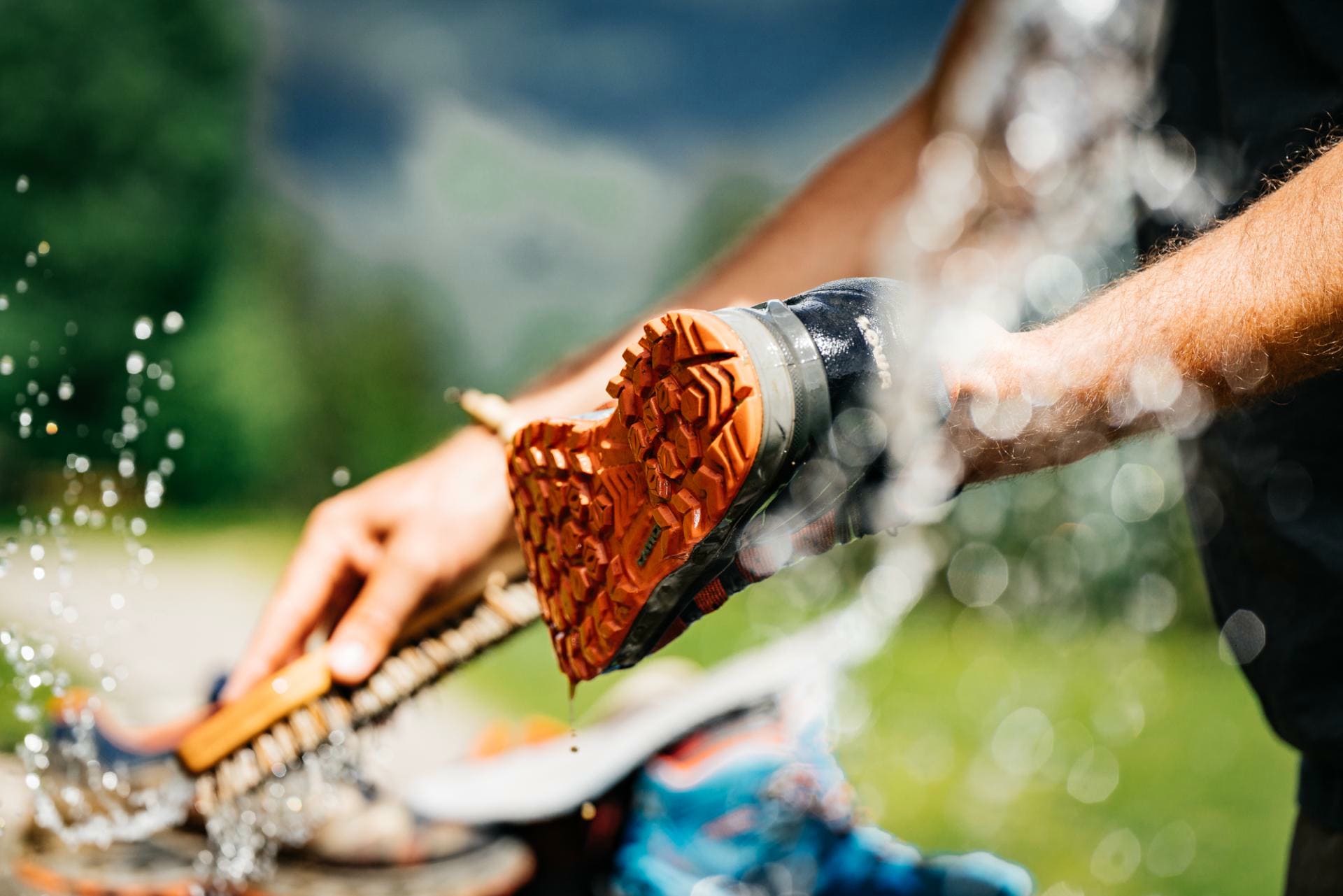 Care tipsMore
Care tipsMore -
 Equipment tipsMore
Equipment tipsMore -
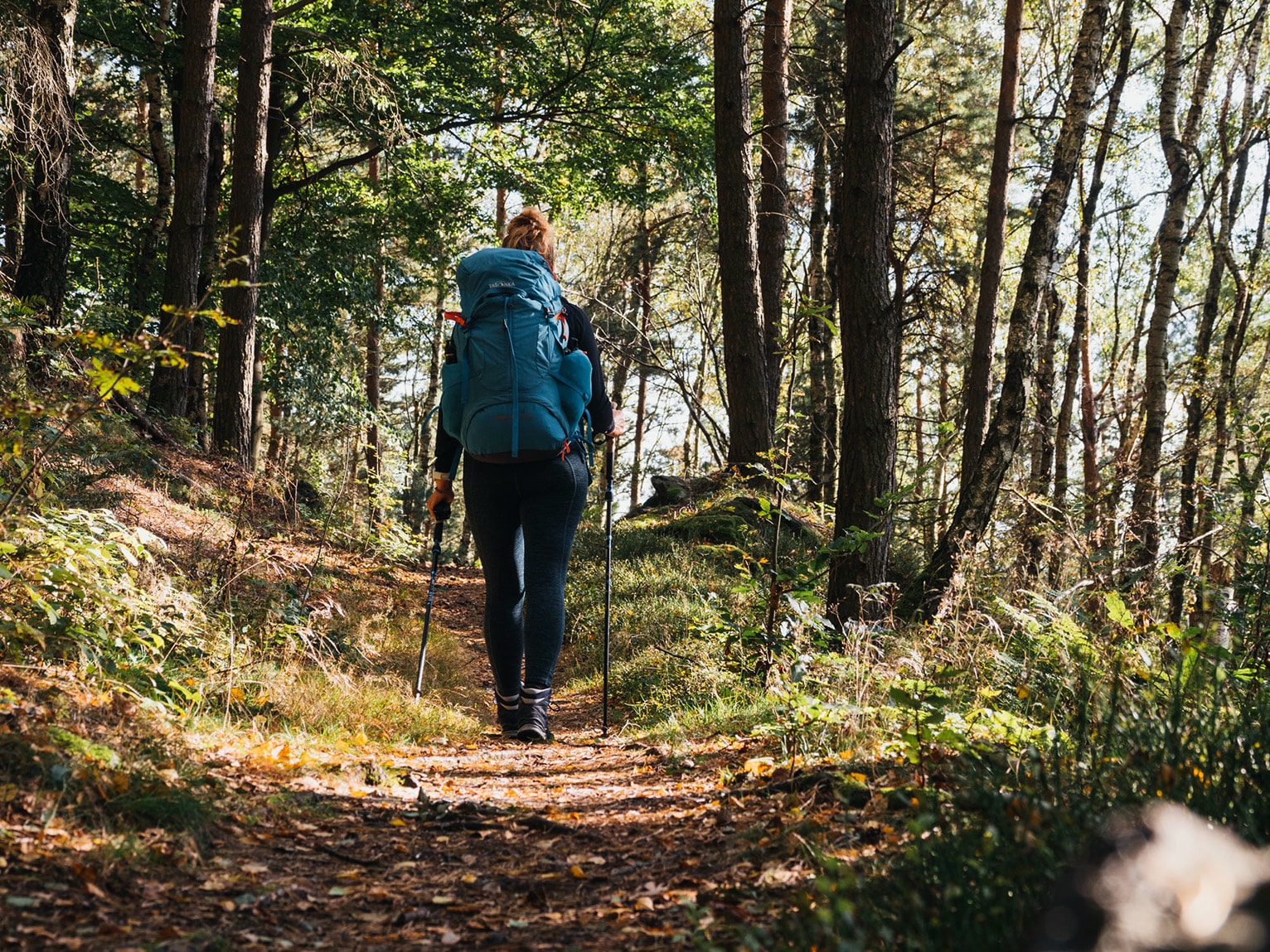 The first long-distance hike tips for beginnersMore
The first long-distance hike tips for beginnersMore -
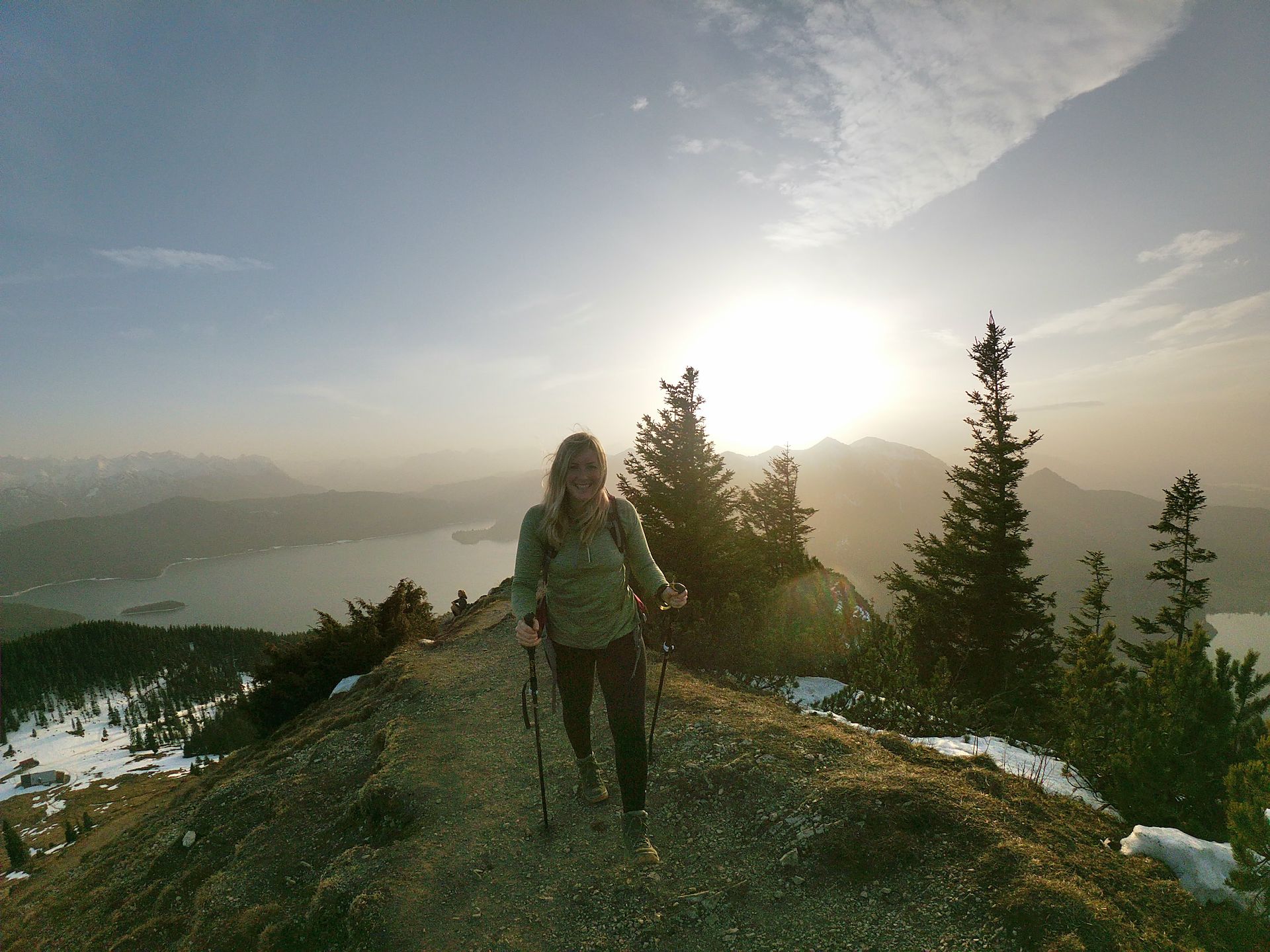 The microadventures of our adventurersMore
The microadventures of our adventurersMore -
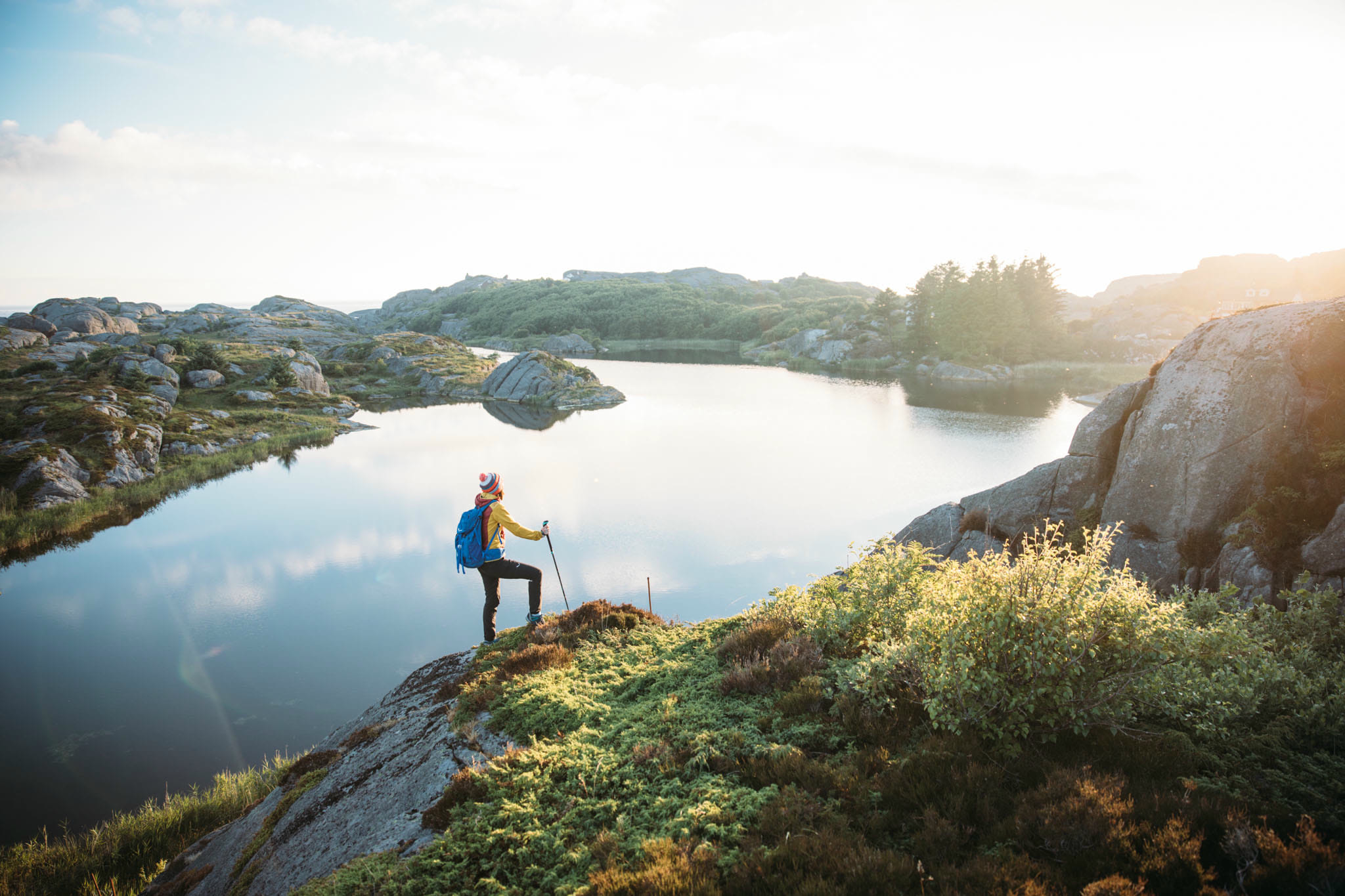 Hiking planning from A to ZMore
Hiking planning from A to ZMore -
 Stay fit through the winterMore
Stay fit through the winterMore -
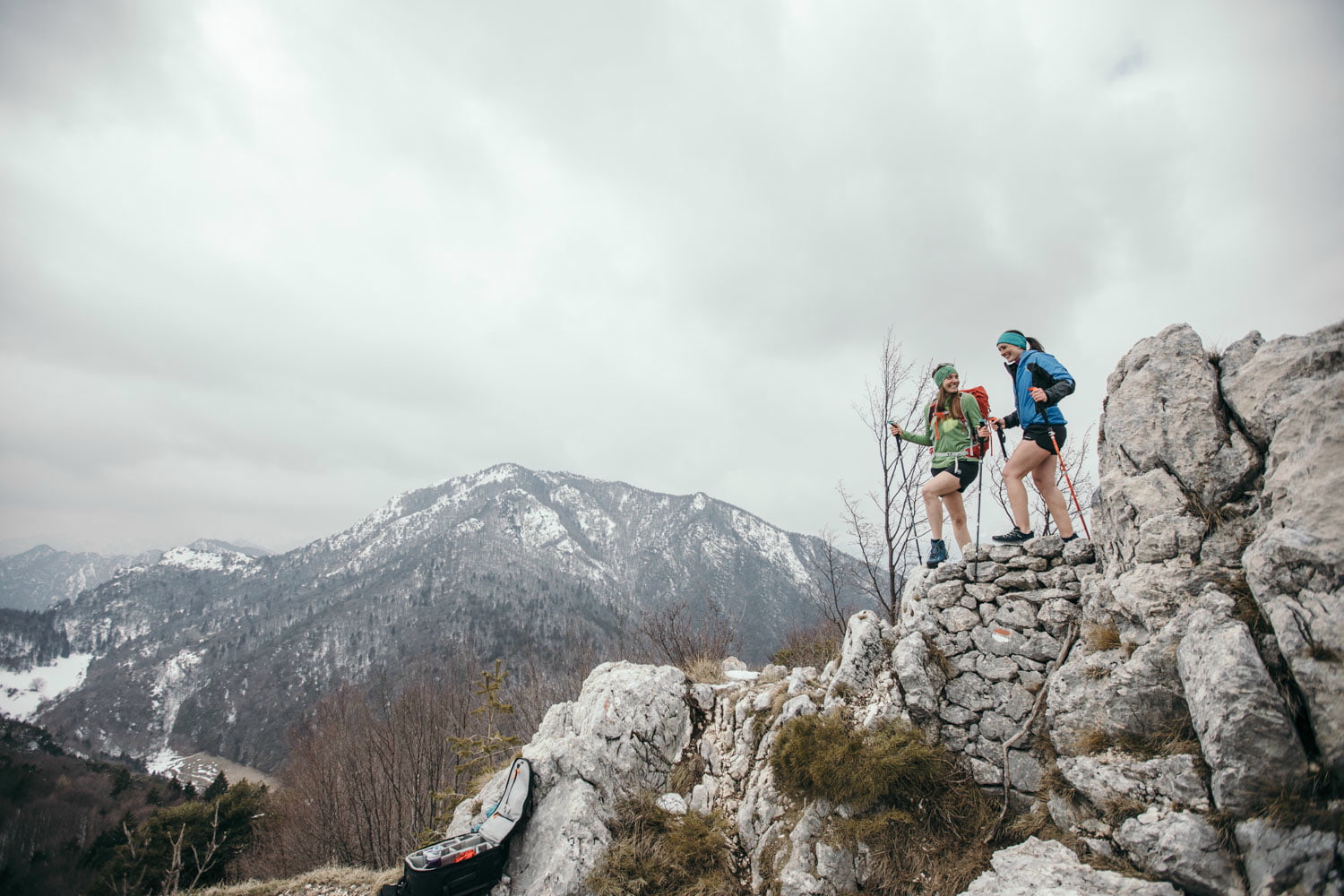 Women's hikesMore
Women's hikesMore -
 Mountaineering 101More
Mountaineering 101More -
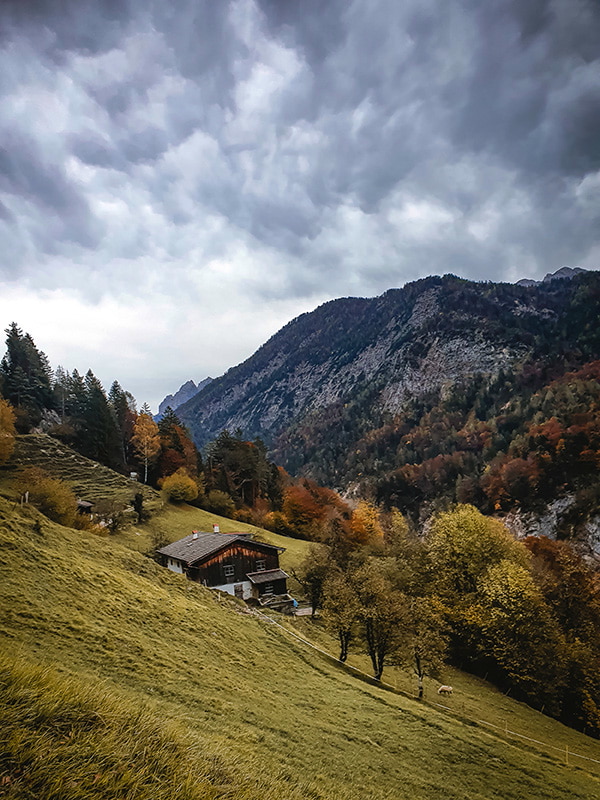 Hut hikesMore
Hut hikesMore -
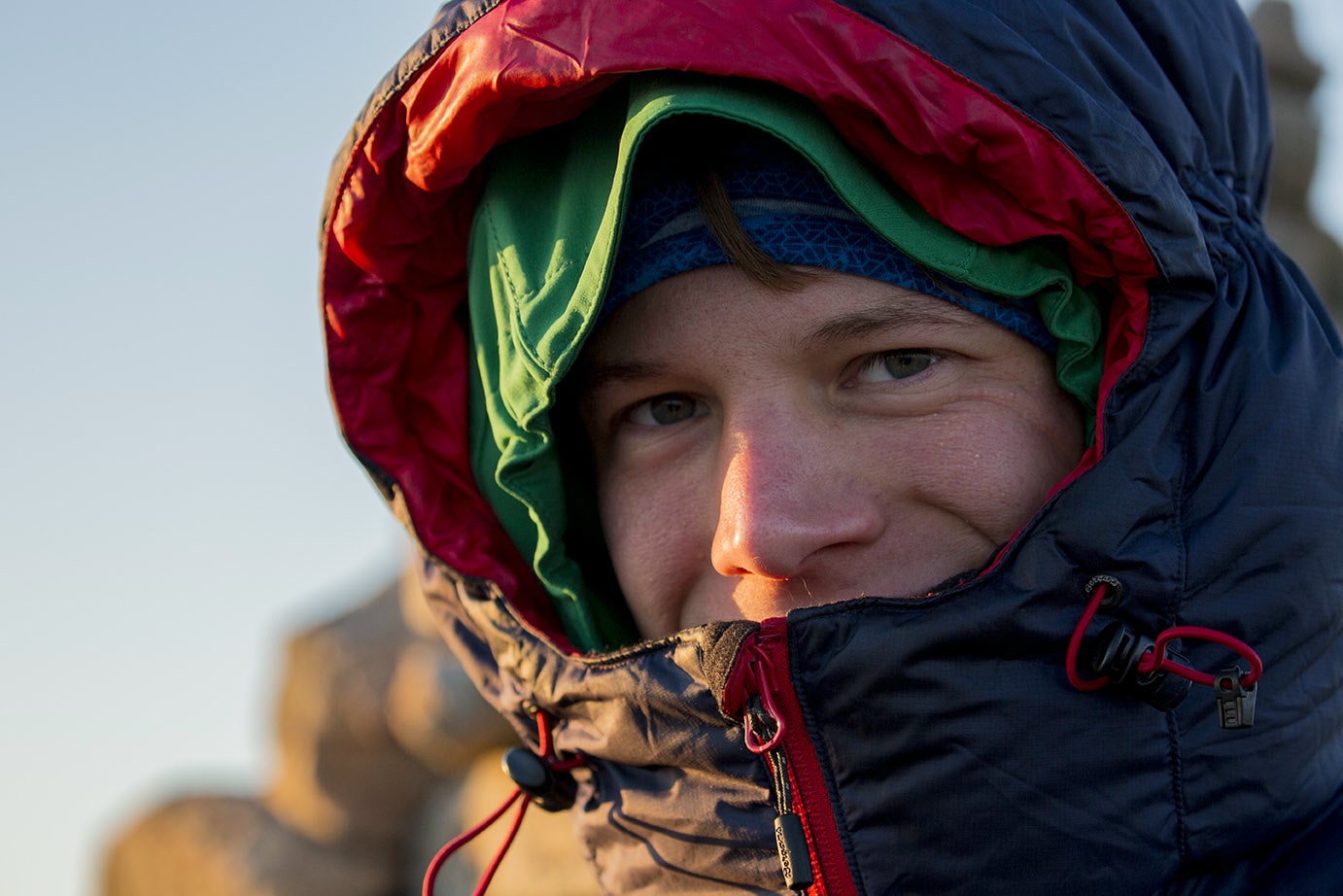 Clothing: Better too warm than too coldMore
Clothing: Better too warm than too coldMore -
 Discover nature with childrenMore
Discover nature with childrenMore -
 Winter hikesMore
Winter hikesMore -
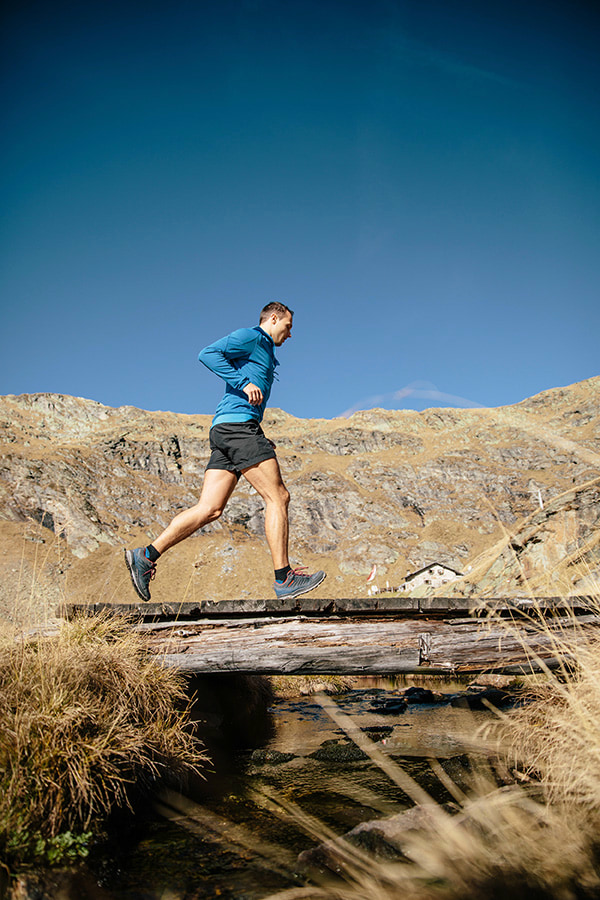 Warm up to get upMore
Warm up to get upMore -
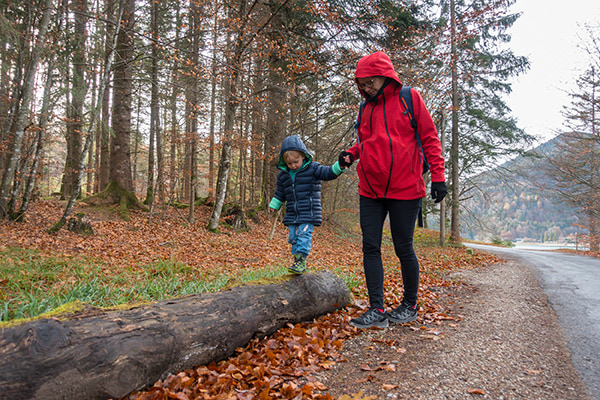 Hiking with children in autumnMore
Hiking with children in autumnMore -
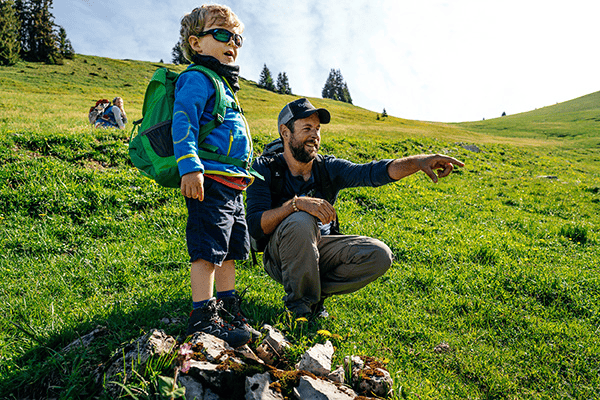 Hiking with childrenMore
Hiking with childrenMore -
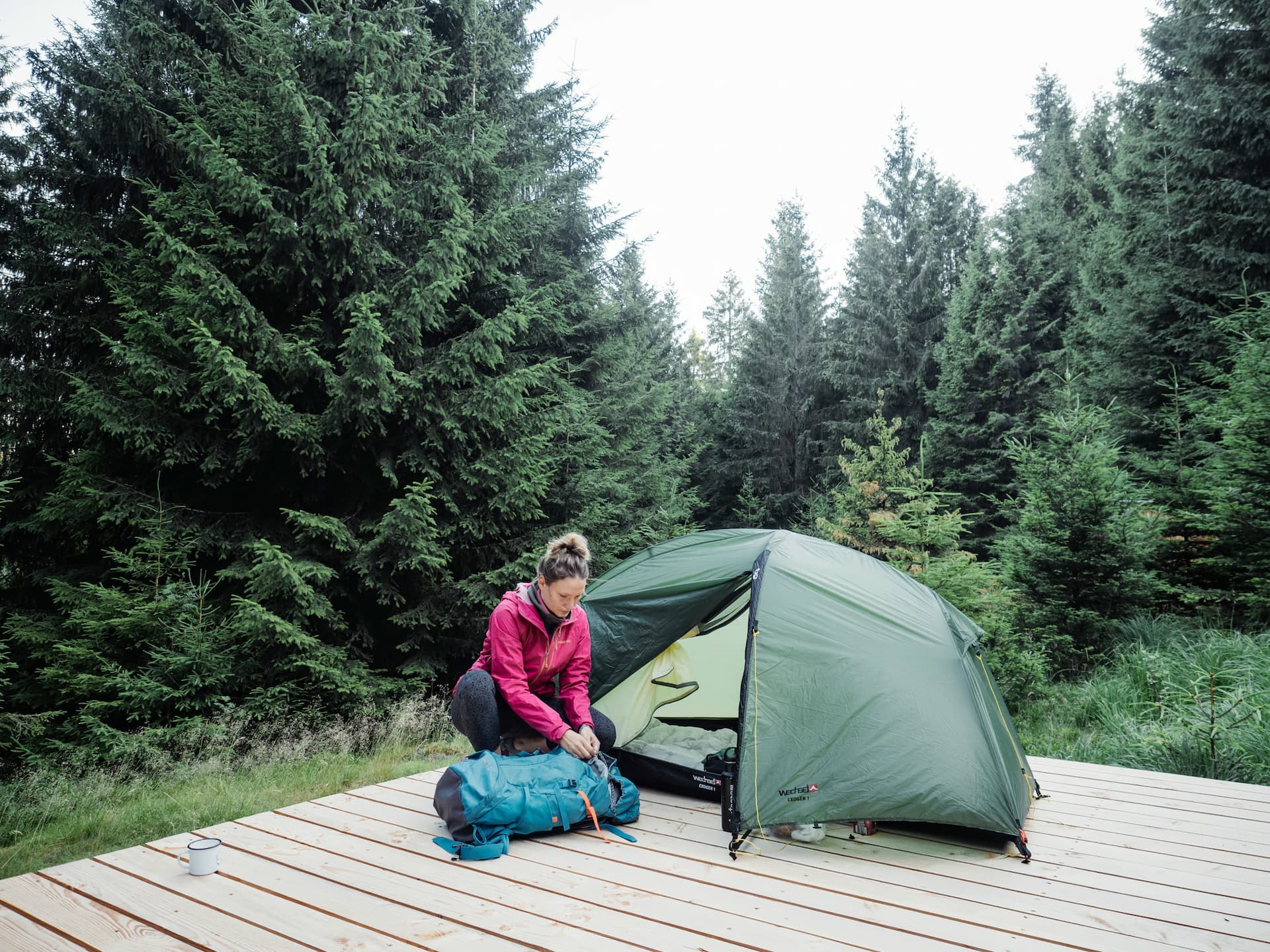 'Wild' camping: Tips for legal trekking in GermanyMore
'Wild' camping: Tips for legal trekking in GermanyMore -
 Great ideas for your snow adventureMore
Great ideas for your snow adventureMore -
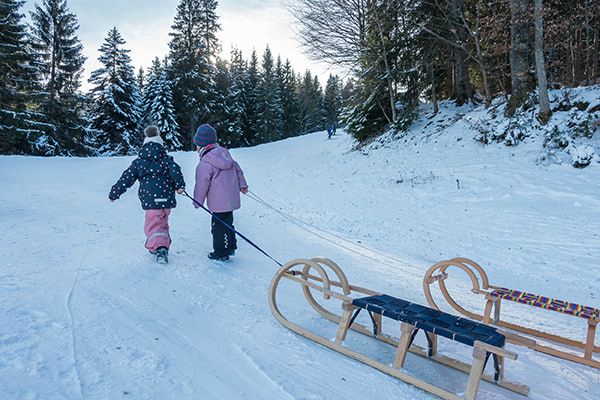 tips for hiking with children in winterMore
tips for hiking with children in winterMore -
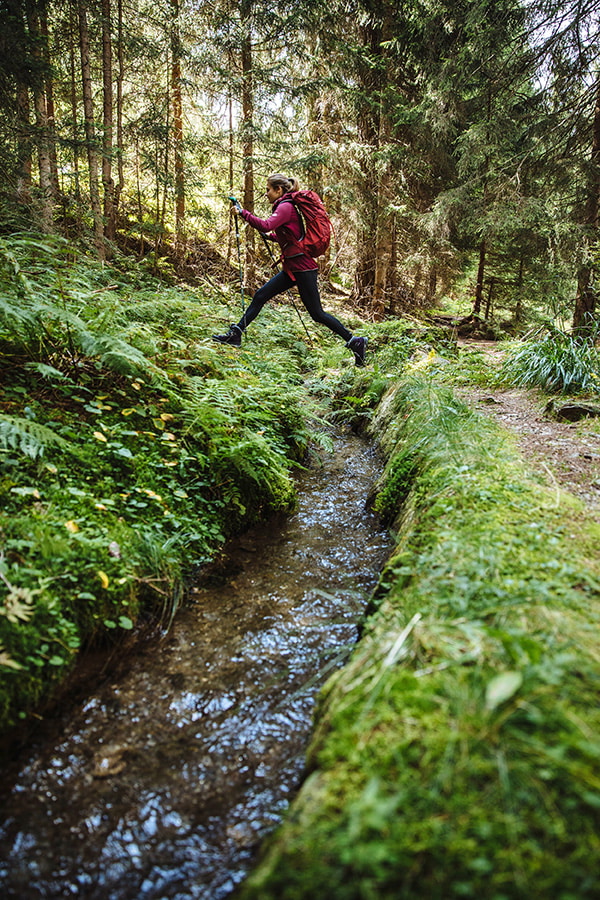 Tips for DIYMore
Tips for DIYMore -
 Tips for preserving biodiversityMore
Tips for preserving biodiversityMore -
 Tips from Digitize The PlanetMore
Tips from Digitize The PlanetMore -
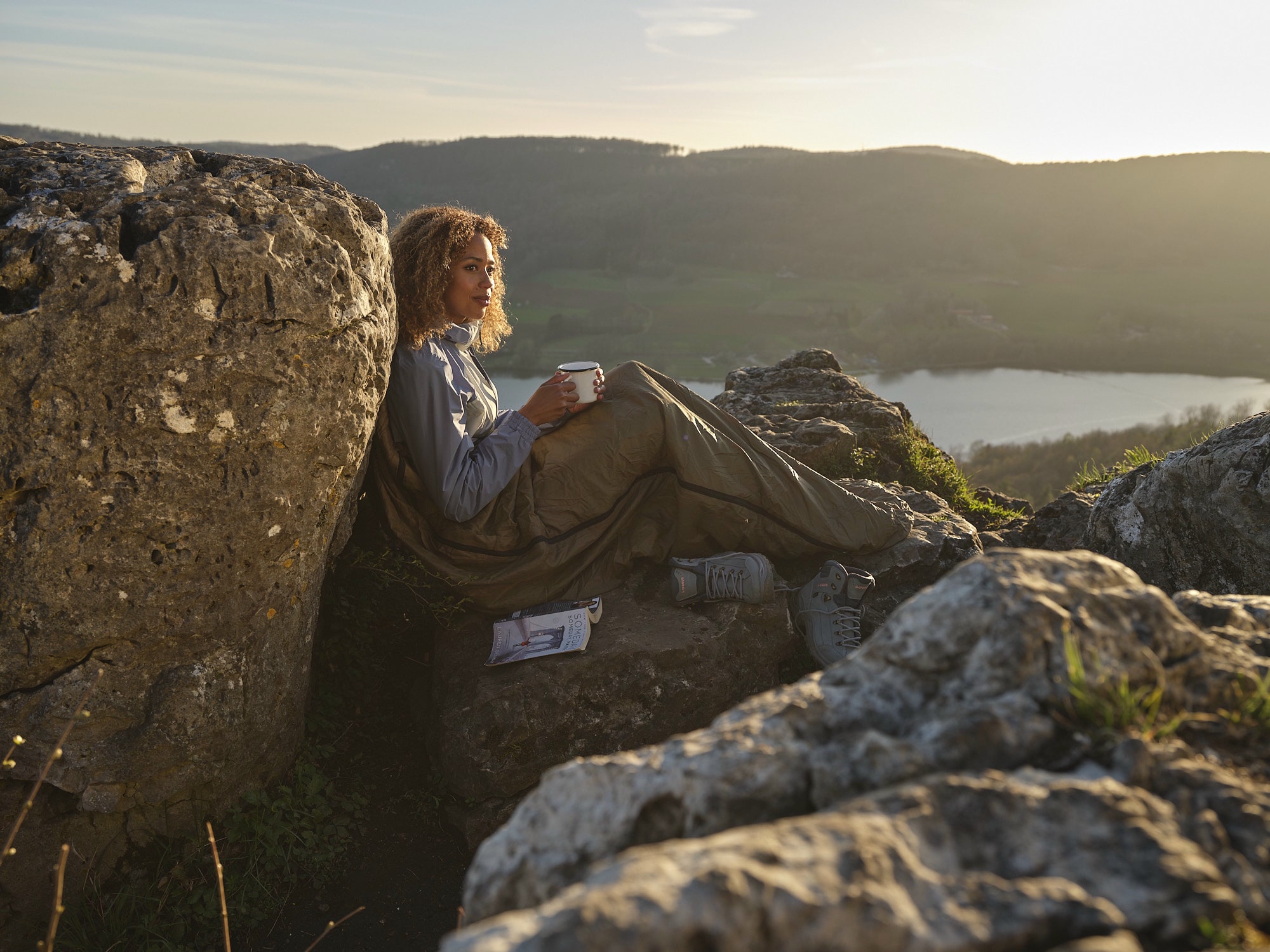 Tips for sleeping outdoorsMore
Tips for sleeping outdoorsMore -
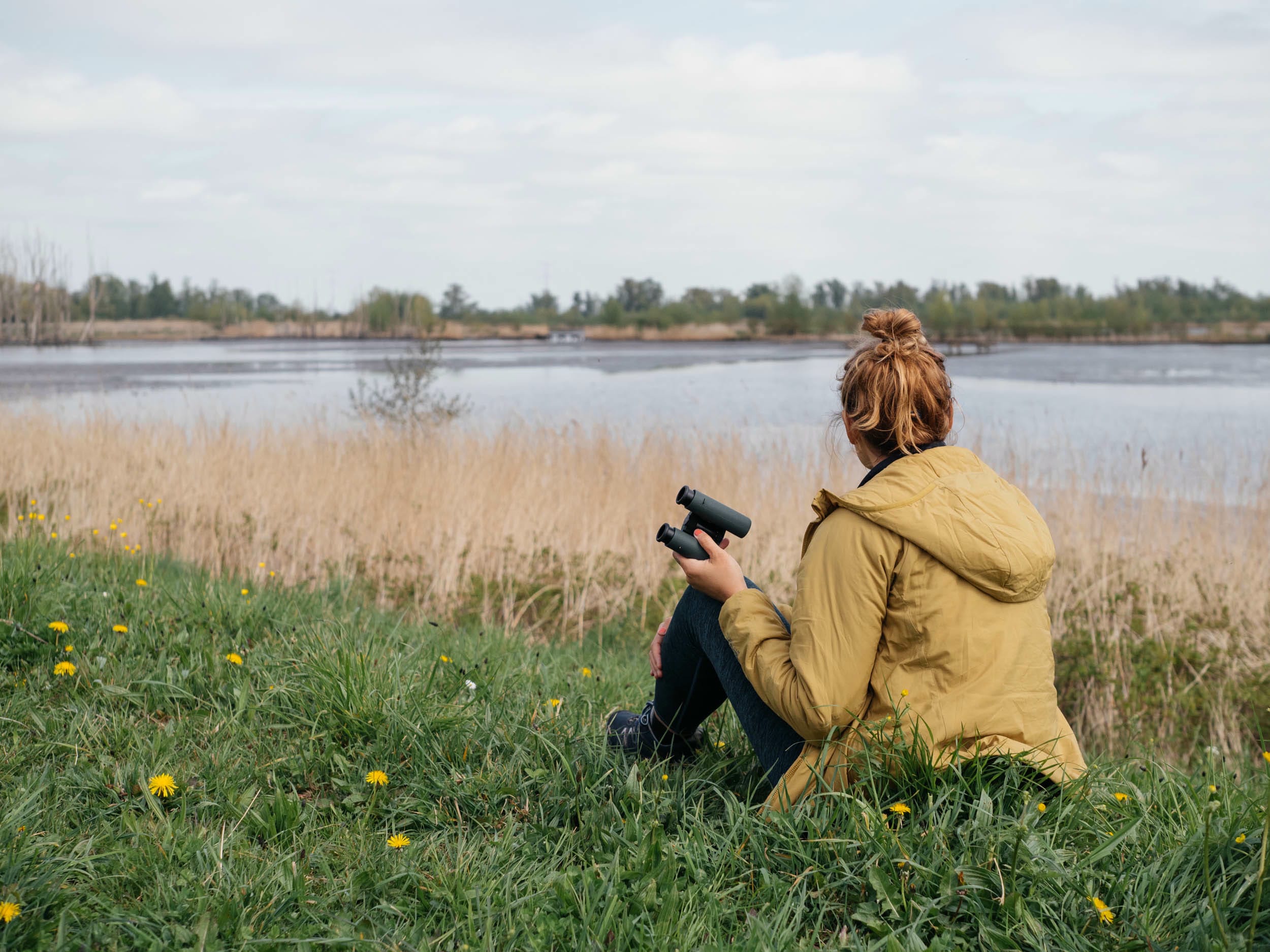 Tips for wildlife observationMore
Tips for wildlife observationMore -
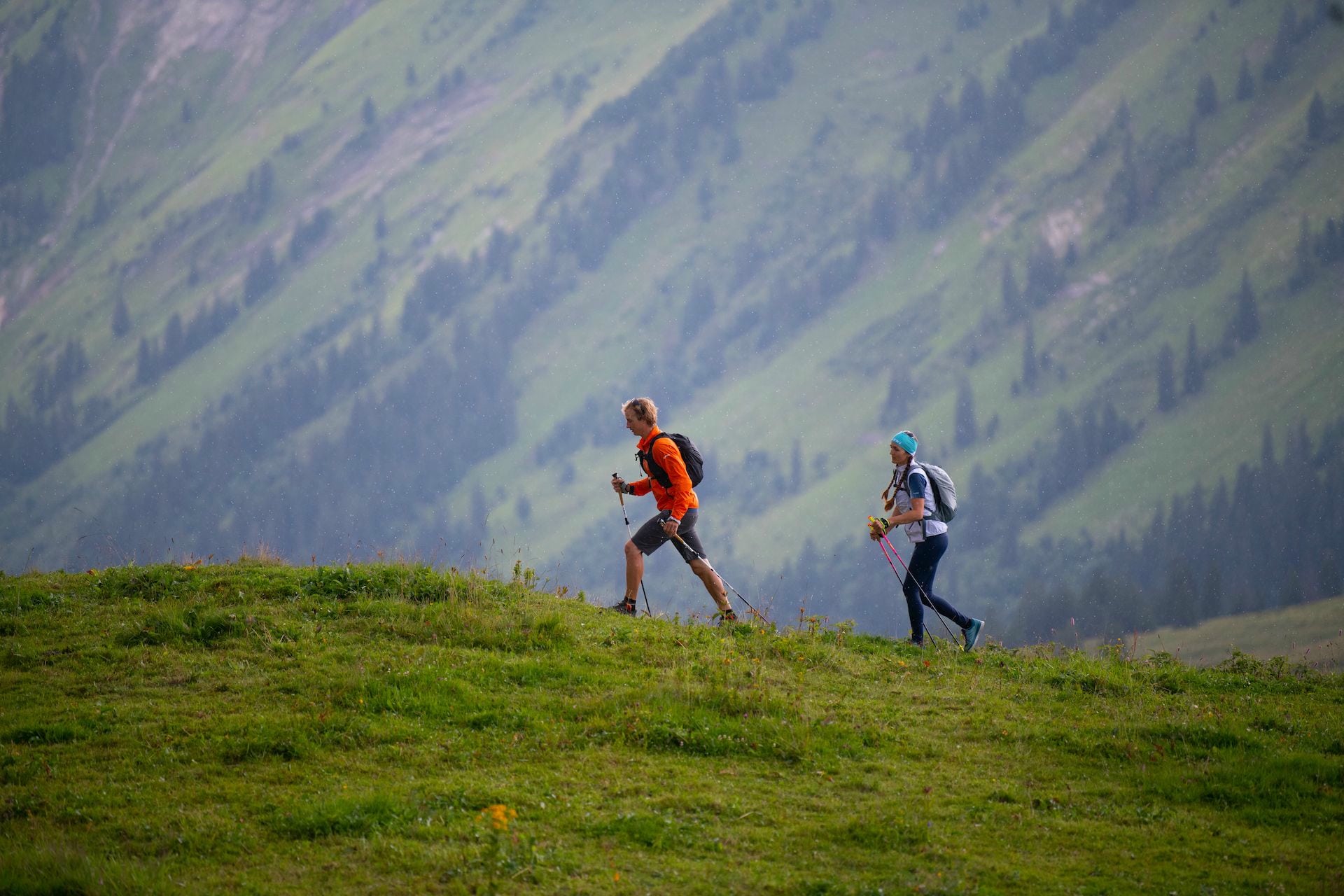 Tips for speed hikingMore
Tips for speed hikingMore -
 Tips for walks through forests and meadowsMore
Tips for walks through forests and meadowsMore -
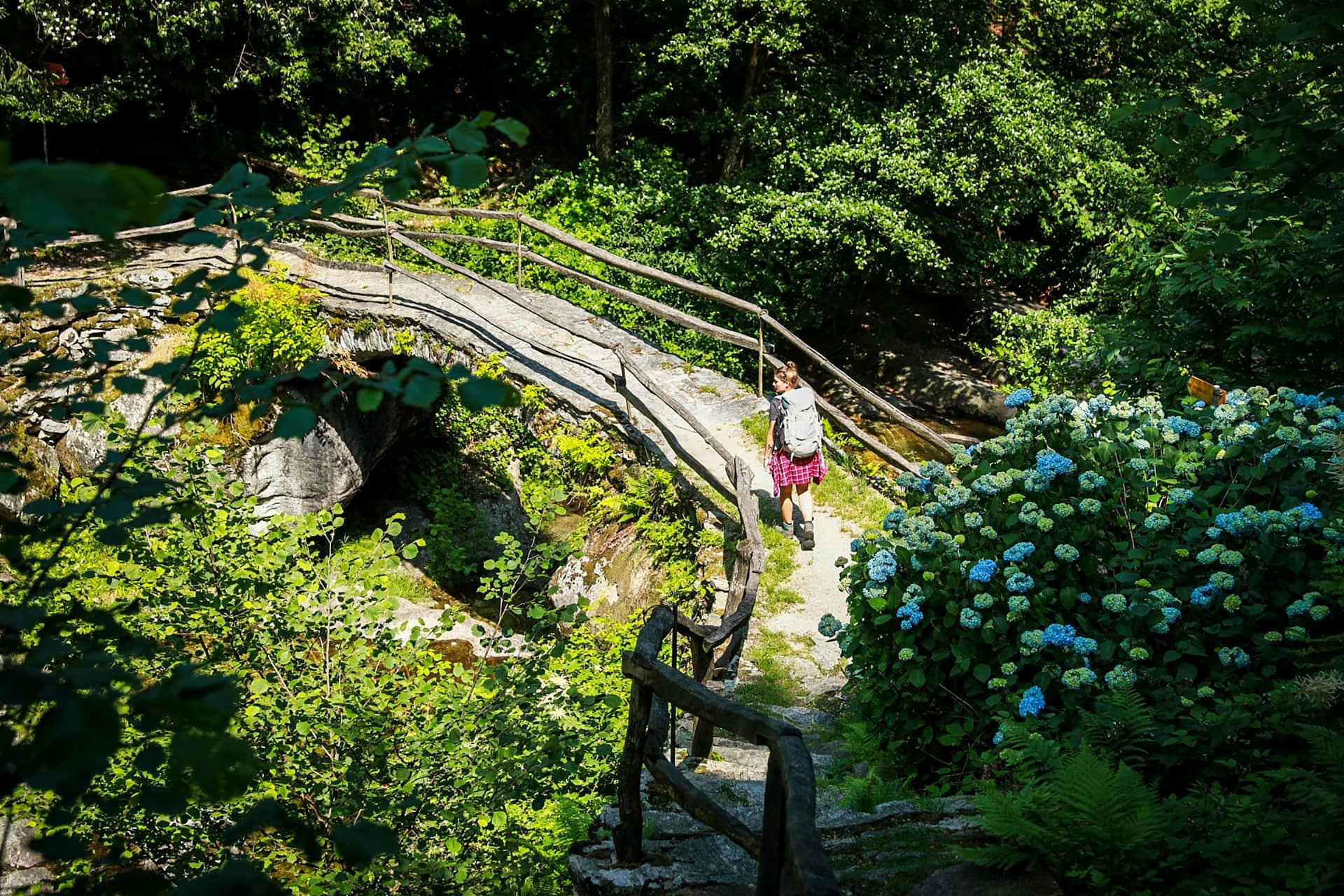 Tips for pilgrimage hikesMore
Tips for pilgrimage hikesMore -
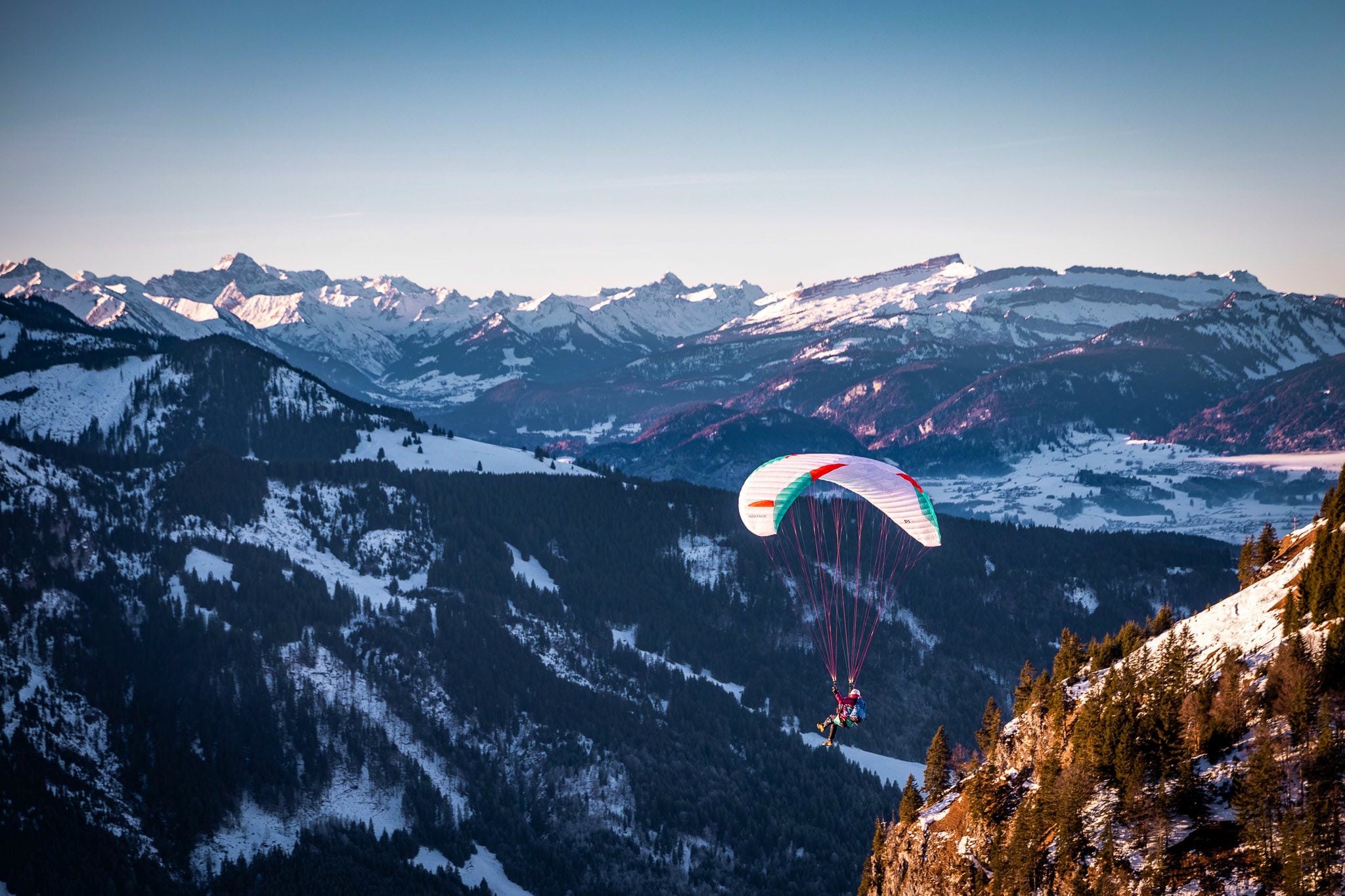 Tips for hike and fly in winterMore
Tips for hike and fly in winterMore -
 Tips for the via ferrataMore
Tips for the via ferrataMore -
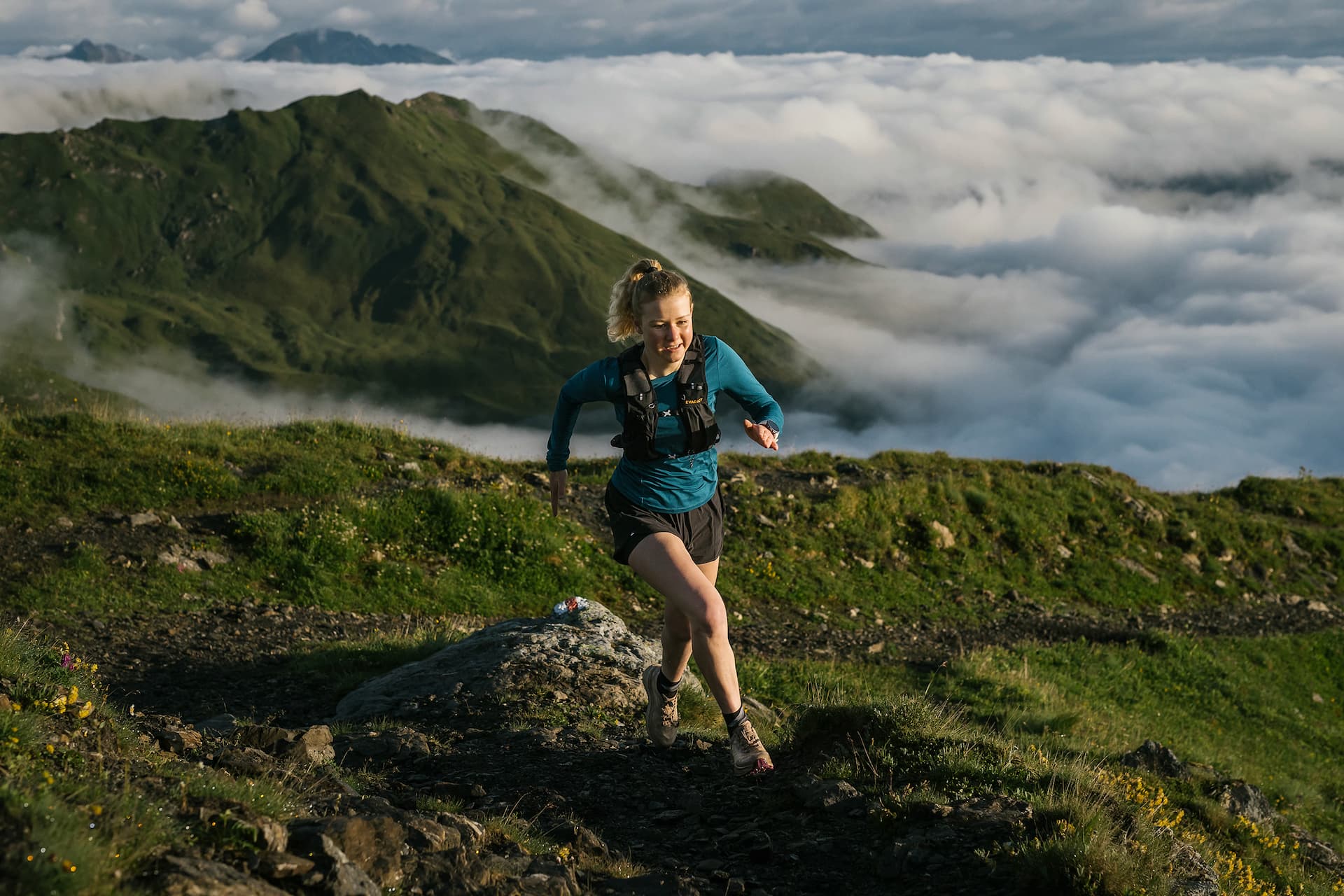 Tips for your entry into trail runningMore
Tips for your entry into trail runningMore -
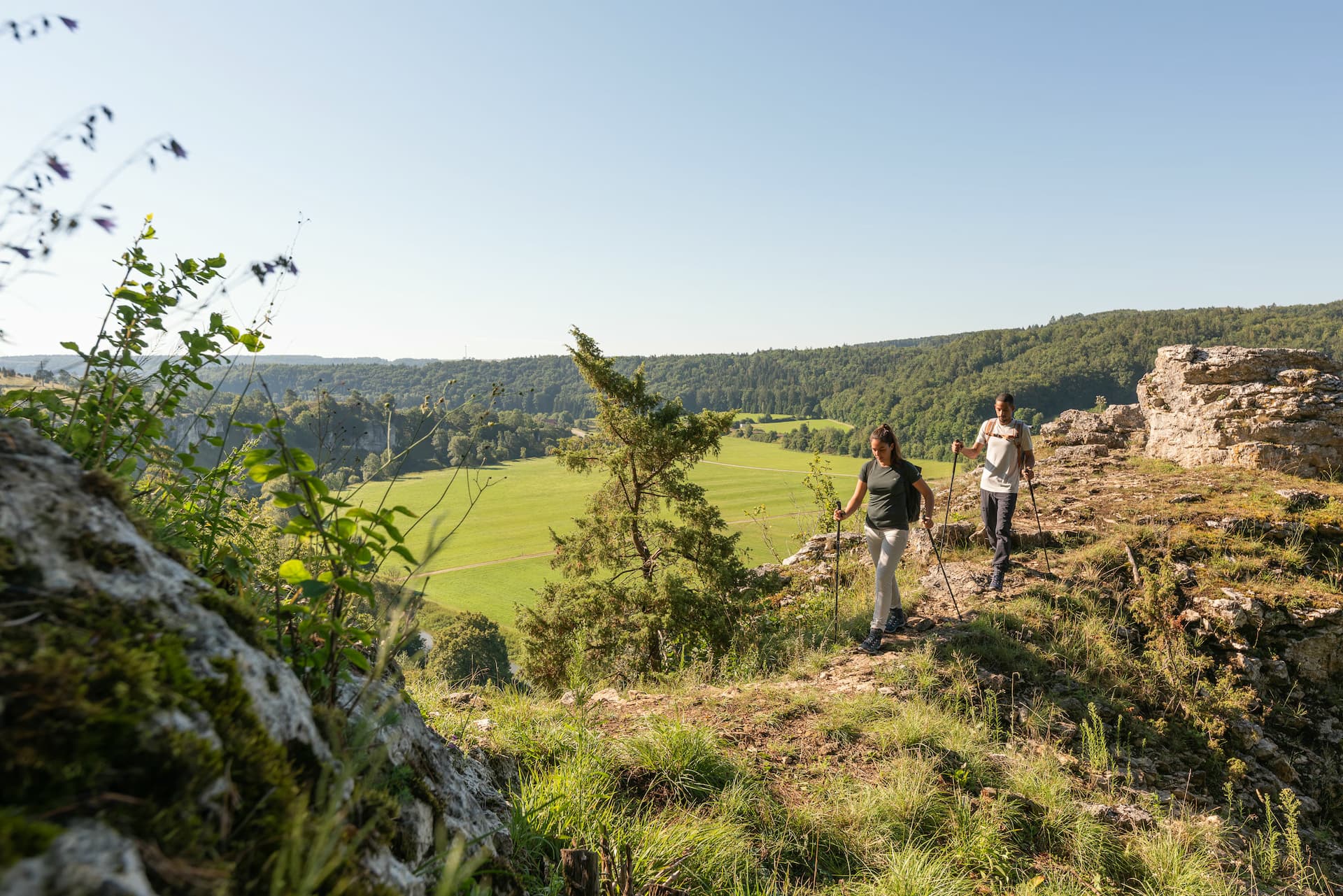 Tips for your mental healthMore
Tips for your mental healthMore -
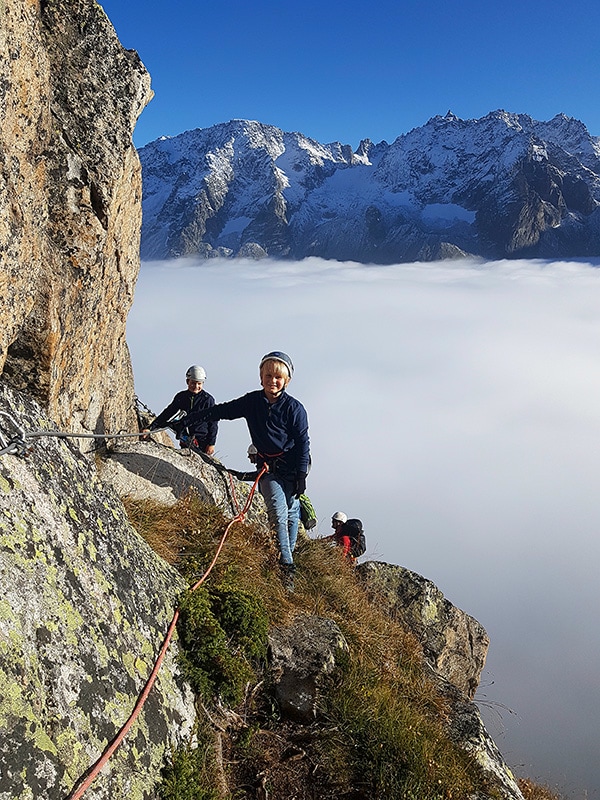 Tips for mountaineering with childrenMore
Tips for mountaineering with childrenMore -
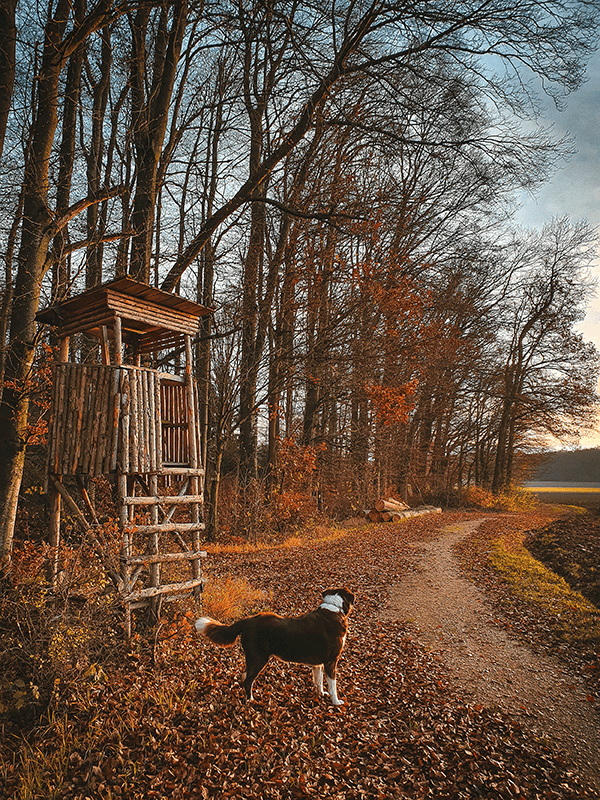 Walks with dogs in autumn and winterMore
Walks with dogs in autumn and winterMore -
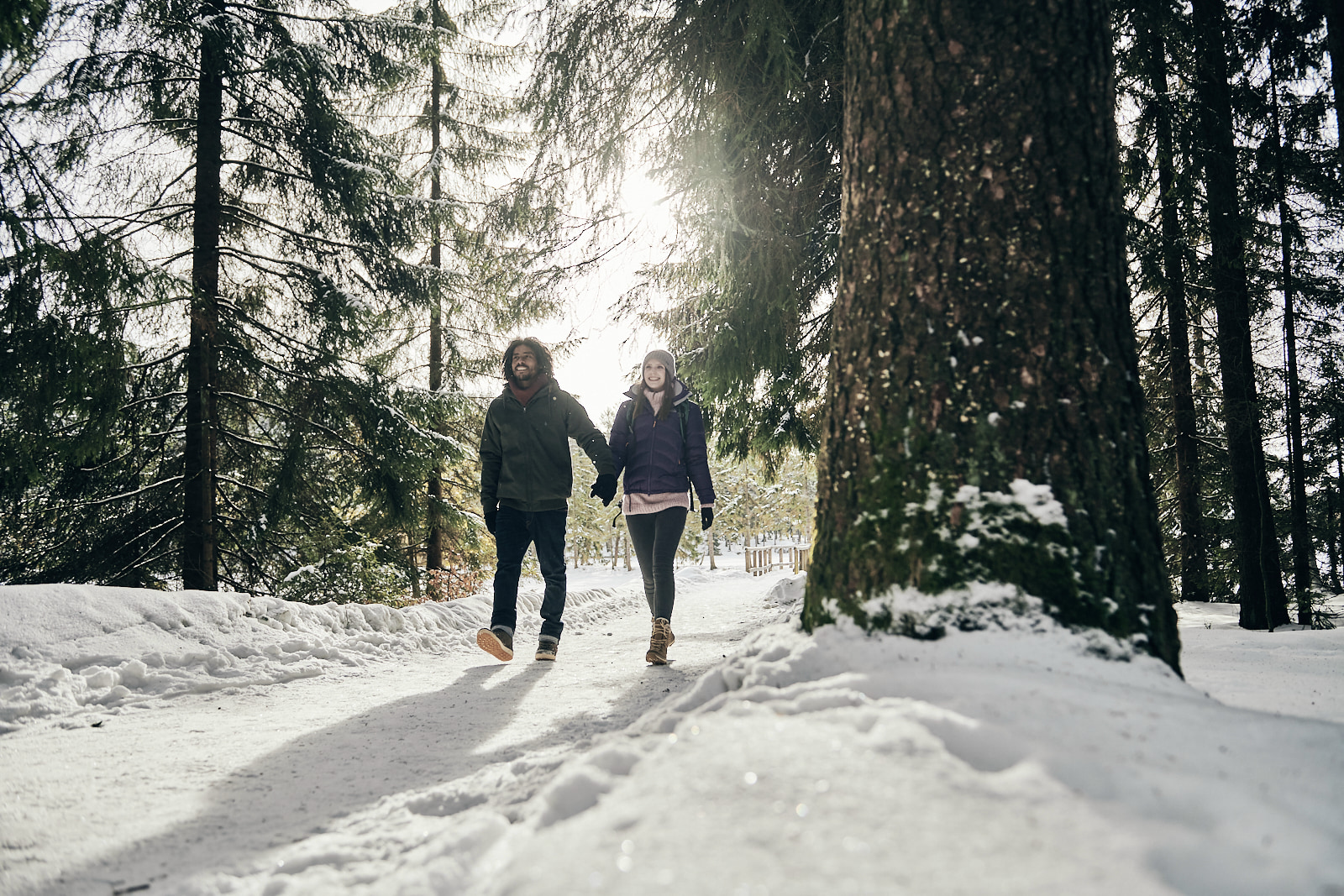 Winter magic walksMore
Winter magic walksMore -
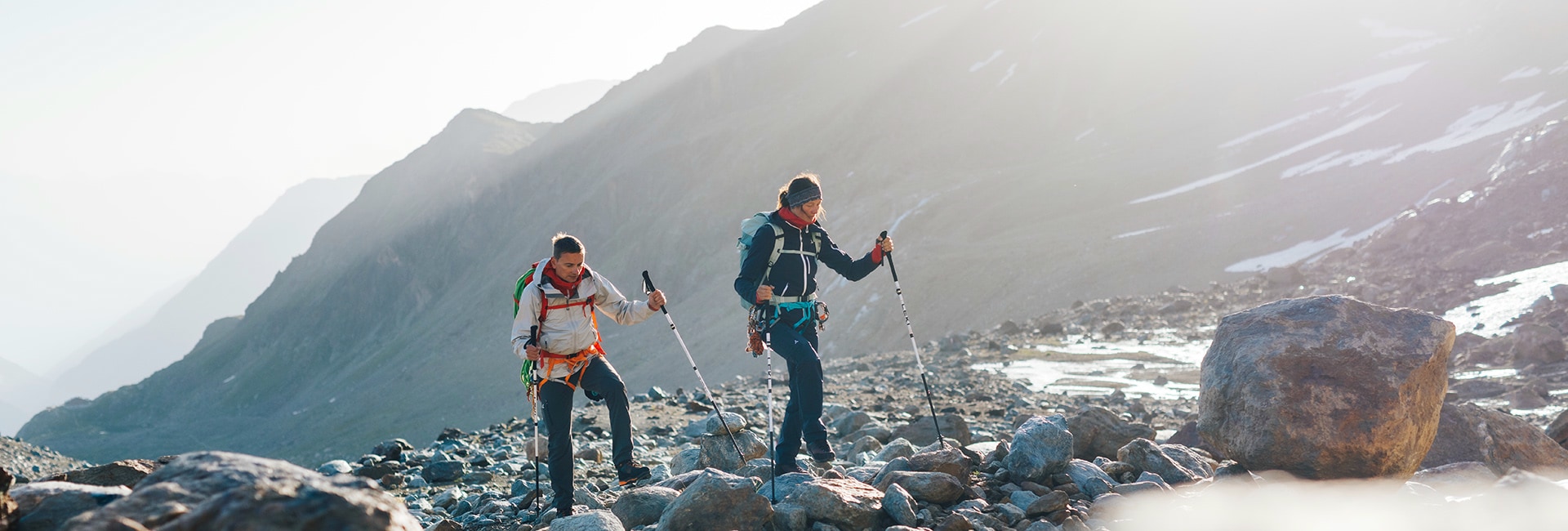 Safety on the mountainMore
Safety on the mountainMore -
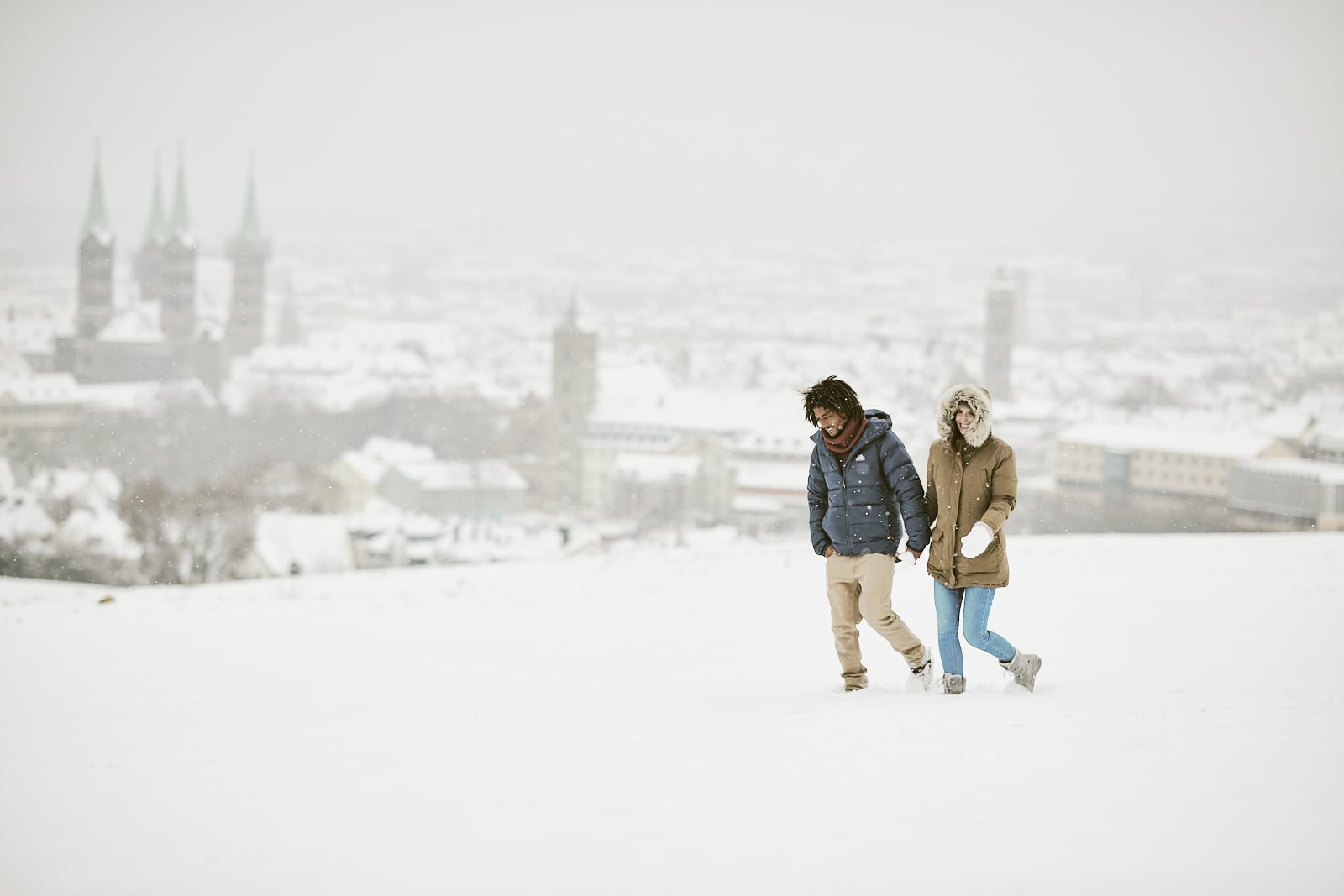 Shoe hacks for the cold seasonMore
Shoe hacks for the cold seasonMore -
 SnowshoeingMore
SnowshoeingMore -
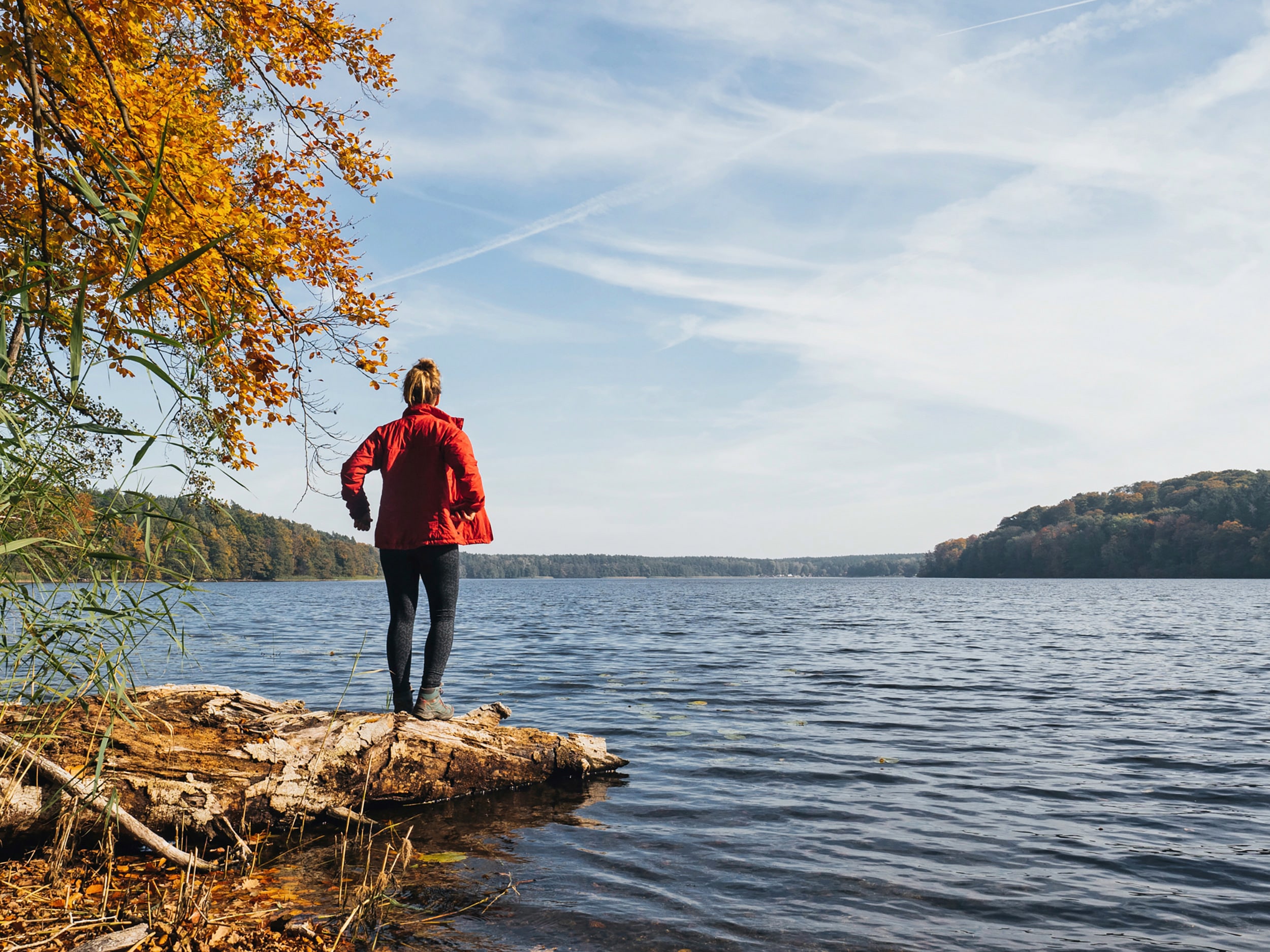 Rewild your lifeMore
Rewild your lifeMore -
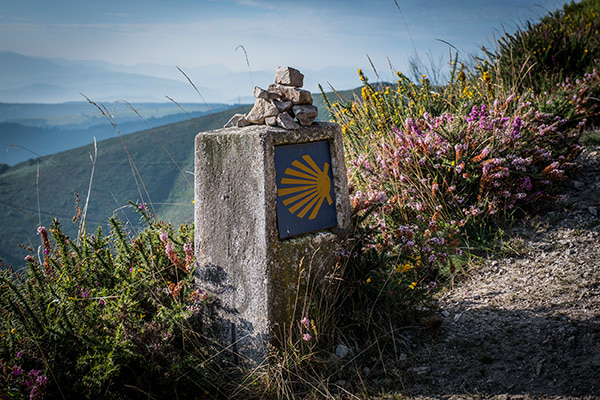 Pilgrimage on the Camino de SantiagoMore
Pilgrimage on the Camino de SantiagoMore -
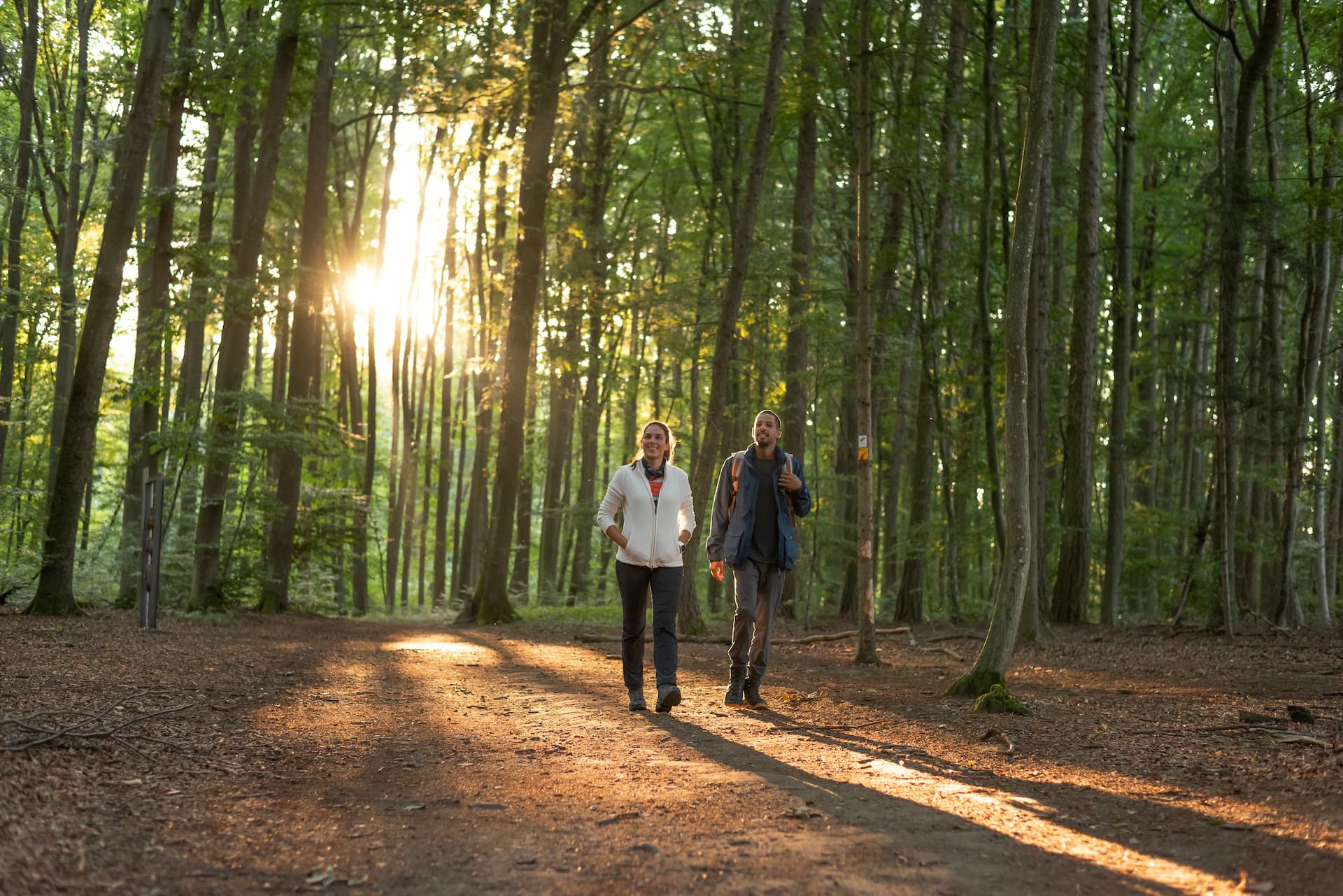 Sustainable hikingMore
Sustainable hikingMore
